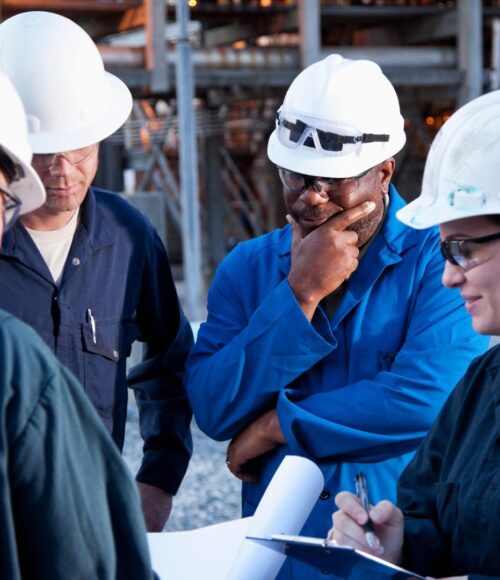PLAs: How Many Credits Do You Get for Living?

PLAs: How Many Credits Do You Get for Living?
Note: This piece is part two of a multi-part blog series on alternative pathways in higher education. If you haven’t already read the first piece, you can find it here.
How can schools and employers measure the value of an individual’s lived experience in the absence of a 4-year or master’s degree? What does it look like to weave continuous learning into the workflow of people’s lives? These are big questions at the center of the discussion around alternative pathways to higher education.
I’ve already made the case that microcredentials and badges are the future in education—and the workplace. Prior learning assessments (PLAs) are another commonly accepted indicator of skill and competency worthy of a closer look.
PLAs Give Credit for Lived Experience
PLAs are intended to “evaluate the knowledge a student has gained in high school, careers, employer training programs, military service, independent study, or community service,” a trade of “credit for experience” or credits for prior learning (CPLs).
The corporate world is no stranger to giving credit for life experience. For decades, companies have had systems in place for measuring employees’ skills and competencies. Higher education has made strides in specific areas, like awarding college credits for military experience or high scores on AP exams. But overall, schools are late to the game in determining how to apply similar approaches more widely.
Why schools are slow to embrace PLAs and CPLs
It’s not difficult to understand the reason for this hesitancy. Evaluating how a person’s lived experience translates to proficiency is subjective, and the criteria can seem opaque. (Although, to be fair, you could argue that a 4-year degree doesn’t necessarily paint a clear picture either.)
Some institutions, like South Central College, The California State University, and the University of Wisconsin System, are leading the way in embracing PLAs and CPLs. These schools are exemplary in their openness to accommodating alternative pathways to continuous learning and their valuation of lived experience. However, a serious paradigm shift will need to occur for higher education to truly stake its claim in a fast-paced world that is moving away from pursuing 4-year degrees.
Schools Must Meet People Where They Are
Look at the schools with the most robust PLA and CPL programs, and you’ll notice that they continue to operate from within a traditional higher education model. Even online learning programs, which reach people in the comfort of their homes, still seek to integrate students into the higher ed ecosphere.
In an abstract way, it relates to the concept of time. Imagine yourself at a basketball game (and imagine you really care, even if you’re not a basketball fan). As the clock ticks down, you aren’t thinking about what time of day it is. All that matters is the time clock of the game—how many seconds are left before the final buzzer sounds.
But outside the arena, the rest of the world knows it’s 1:30 p.m., and it’s time to go to their next meeting or grab a late lunch.
There was a time when higher education created its own version of that arena environment. When people were in that environment, they followed only the path ahead while the rest of the world went on around them.
Today, people don’t necessarily want to give up their lives to enter the arena of higher education. They want to stay in the real world, pursuing their own paths, and schools must be willing to meet them where they are.
Hint: look to businesses for inspiration
Not surprisingly, businesses are ahead of the curve in figuring out how to integrate into people’s lives. Love it or hate it, Amazon is a great source of inspiration. First, the retail giant shifted the paradigm by providing a convenient alternative to a brick-and-mortar store: an online storefront that consumers can access anywhere at any time.
But they didn’t stop there. With the introduction of Alexa, Amazon went leaps and bounds further by entering directly into people’s homes. The voice-controlled AI assistant serves many practical purposes. It’ll play your music, tell you the weather, answer questions, control your smart home—oh, yeah, and you can order products from Amazon without ever having to visit the website.
A solution that at one point in the not-too-distant past would have seemed radical is now commonplace—and Amazon continues to reap the benefits of its envelope-pushing products and services. Progress and innovation often seem radical at first; then, they become the norm.
Colleges and universities could broadly take a page out of the Amazon playbook. The forward-thinking ones will.
Up to this point, most schools have fundamentally aimed to transform experience and competency into credit hours (hence the traditional PLA and CPL model). But what is the actual value of a credit hour? Is that truly the best measure of lived experience? The MindMax team is excited by the opportunities inherent in this moment. We look forward to helping schools step outside the arena and meet learners where they are.
Follow MindMax on LinkedIn to catch the next blog post in this series and keep up on higher education trends.